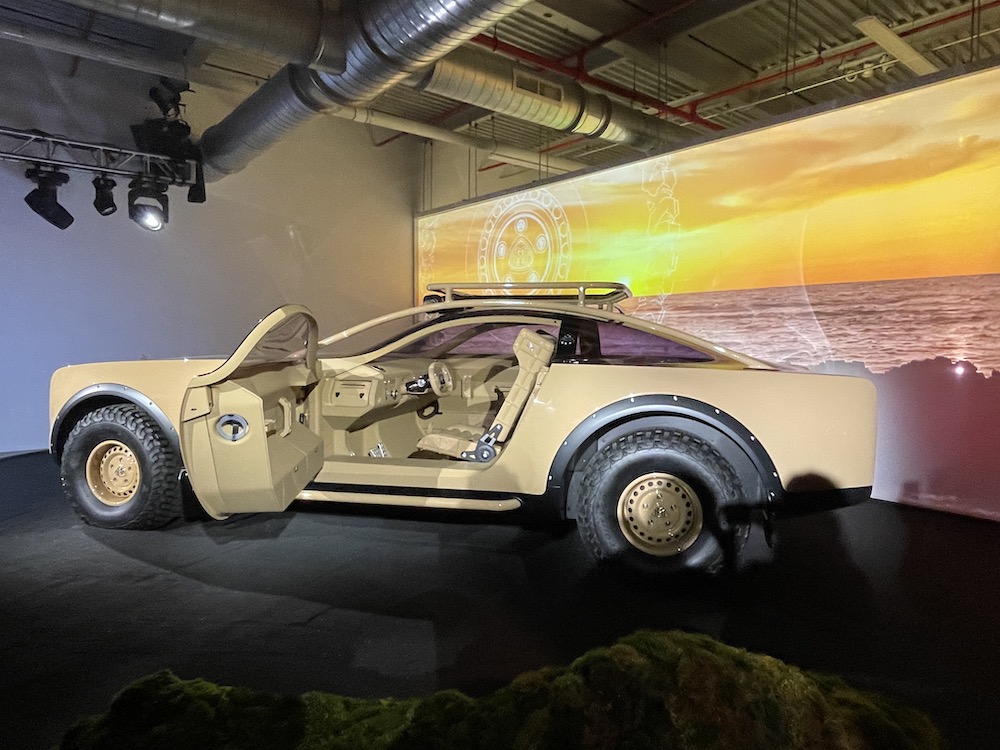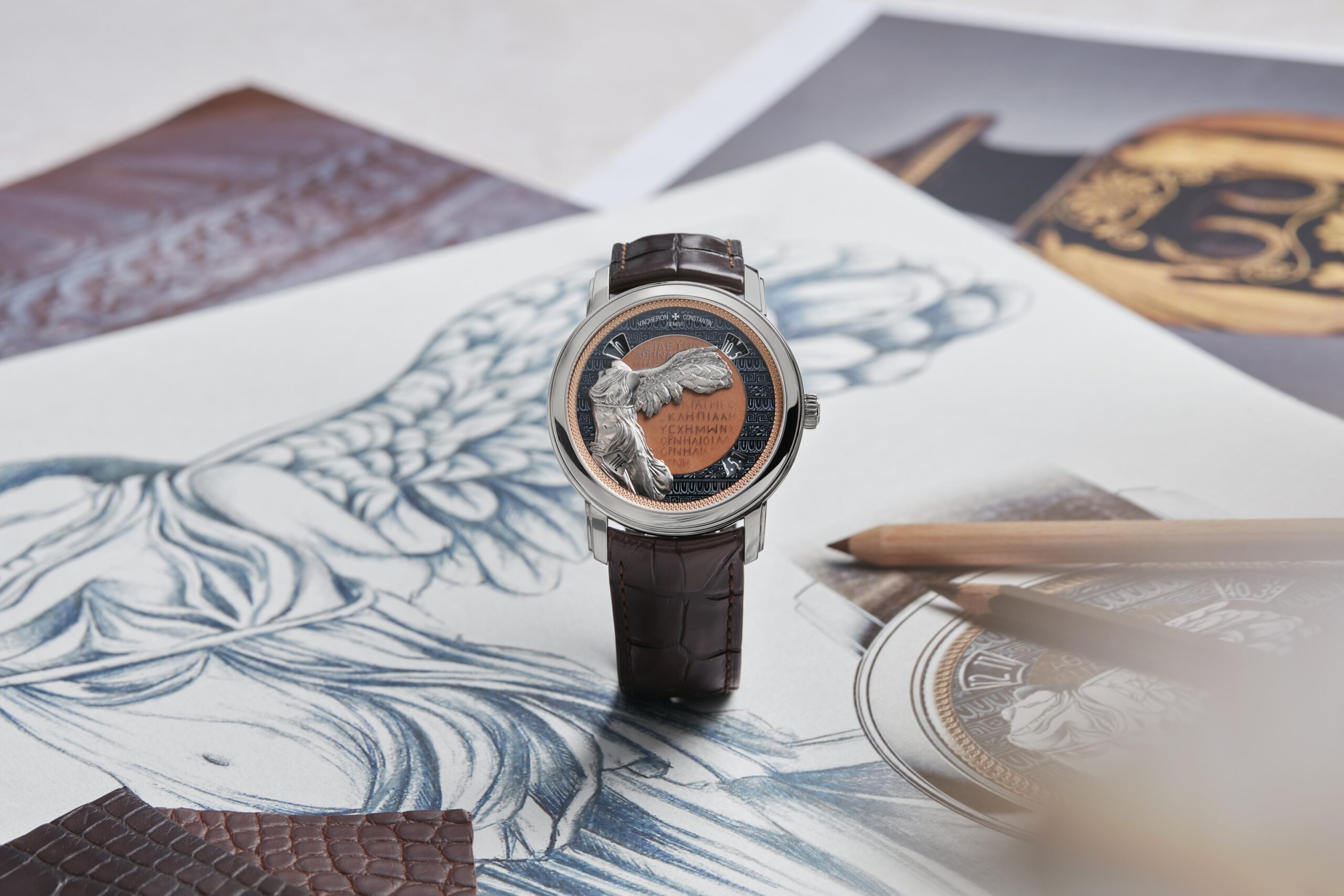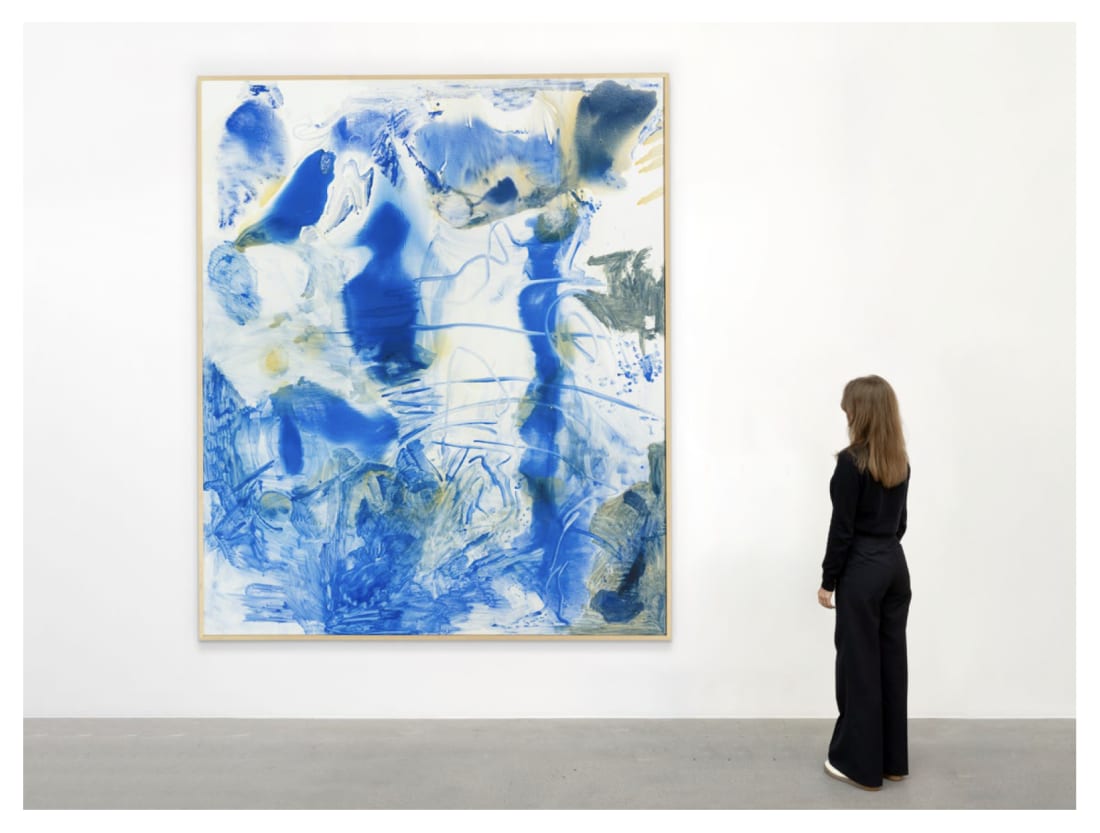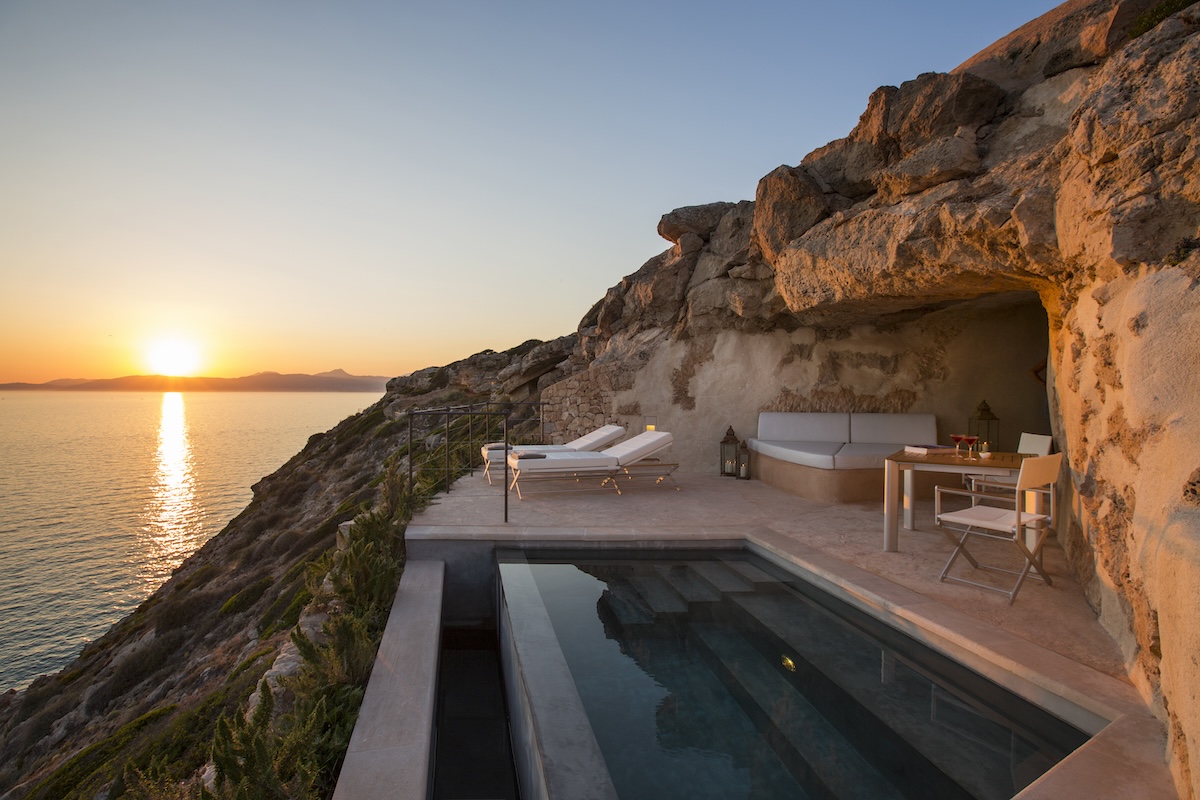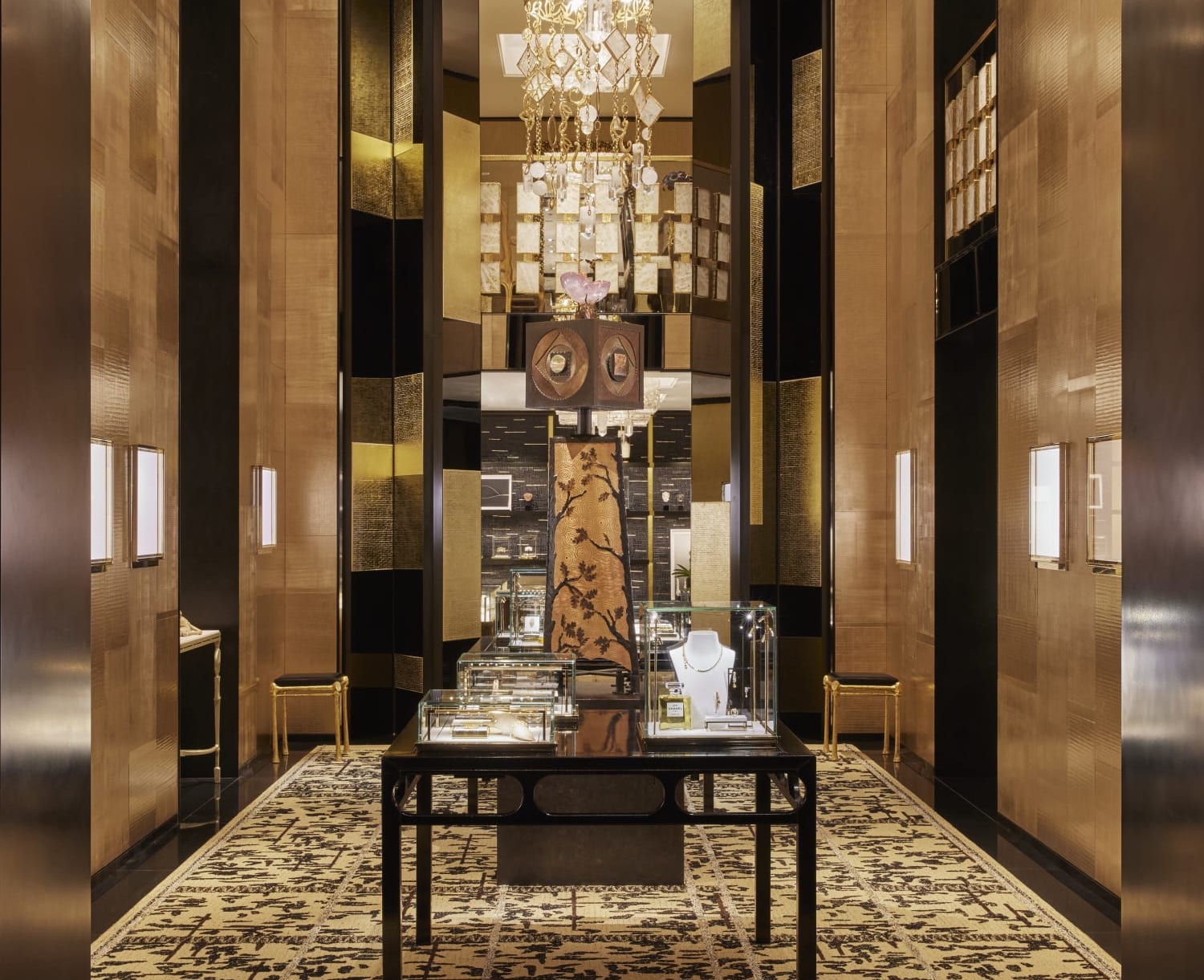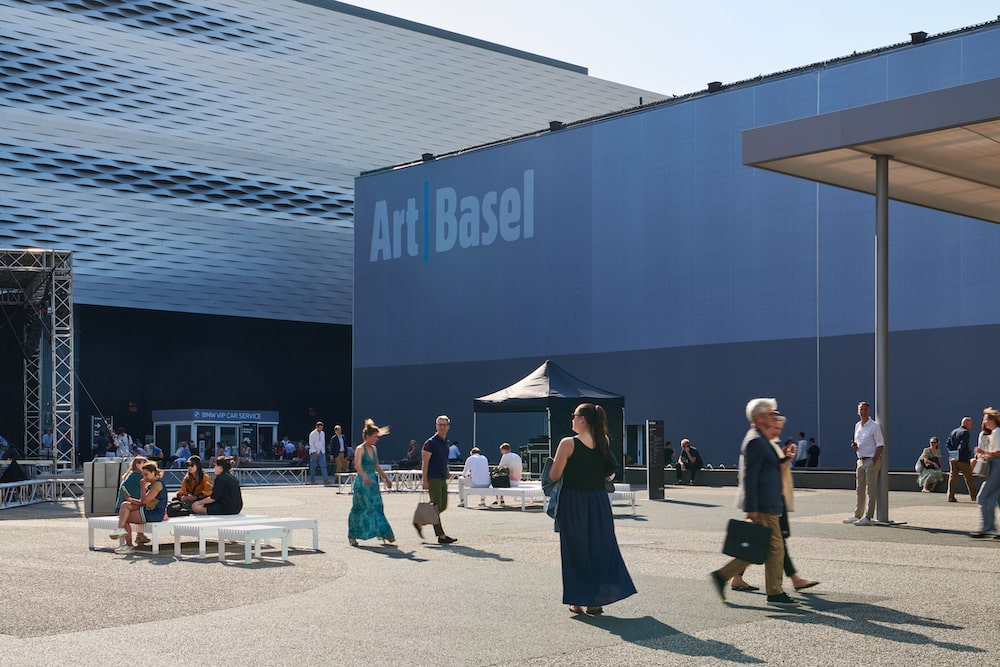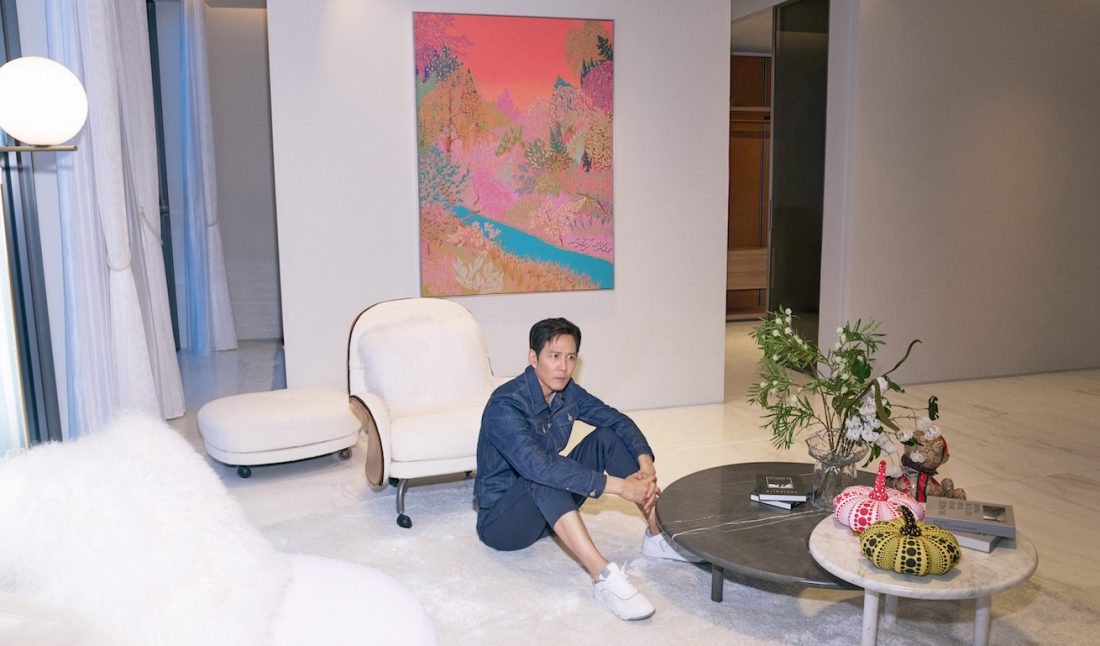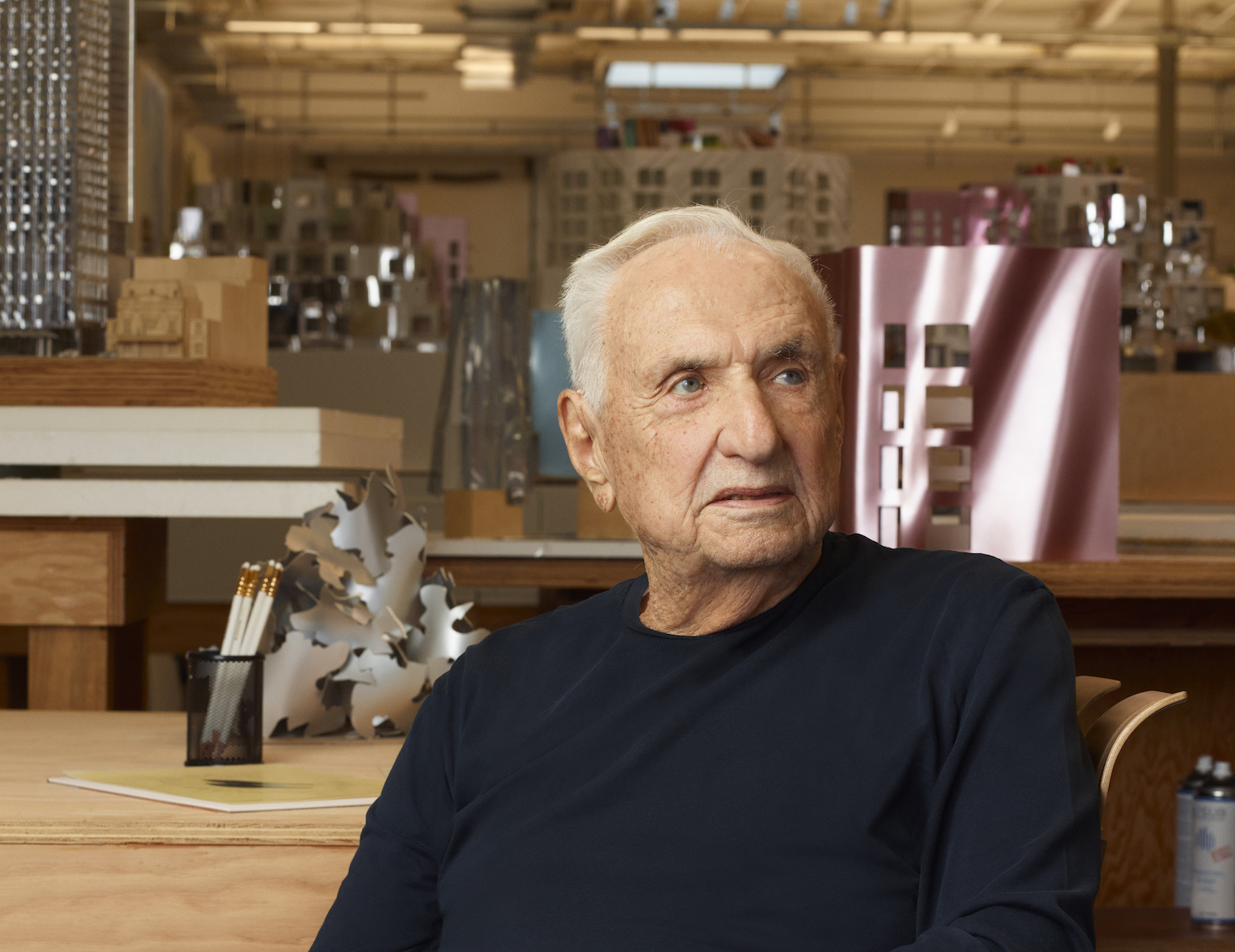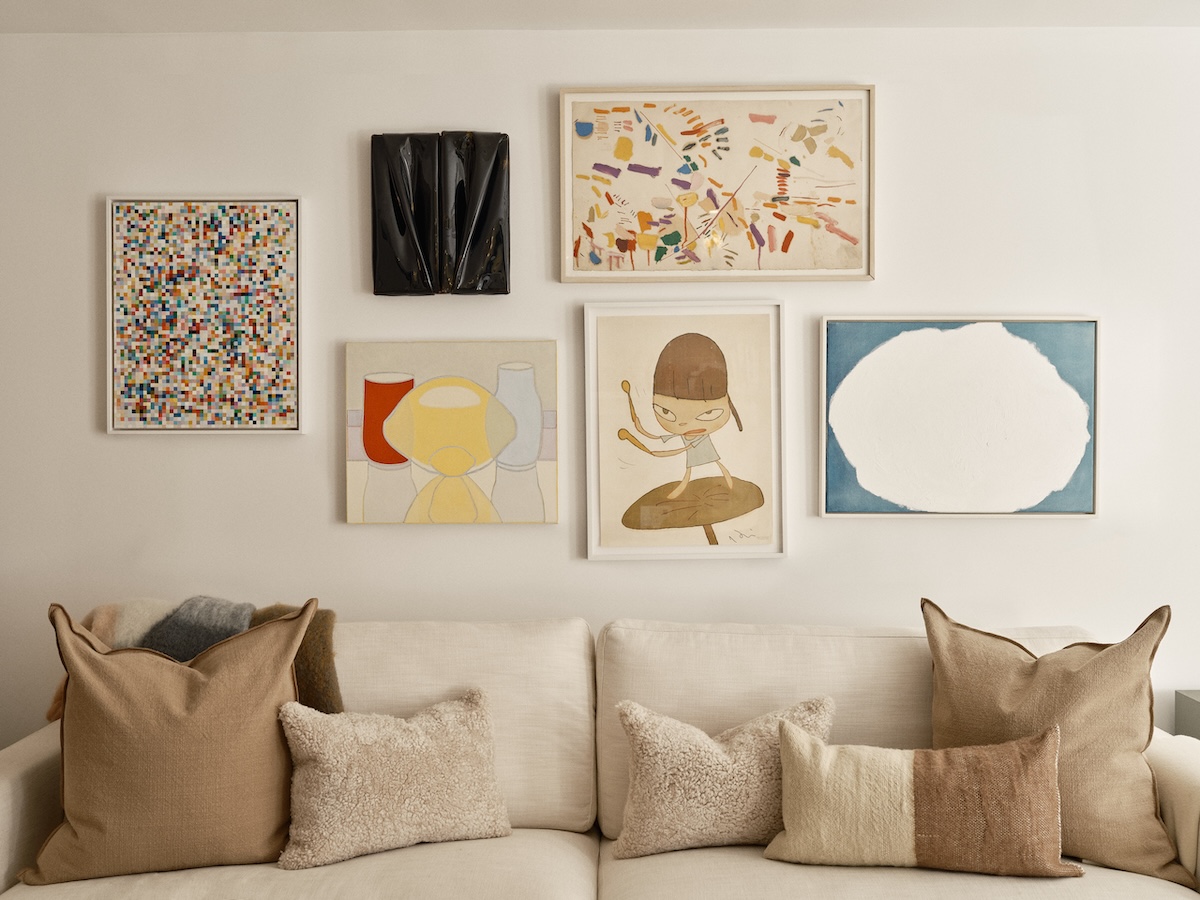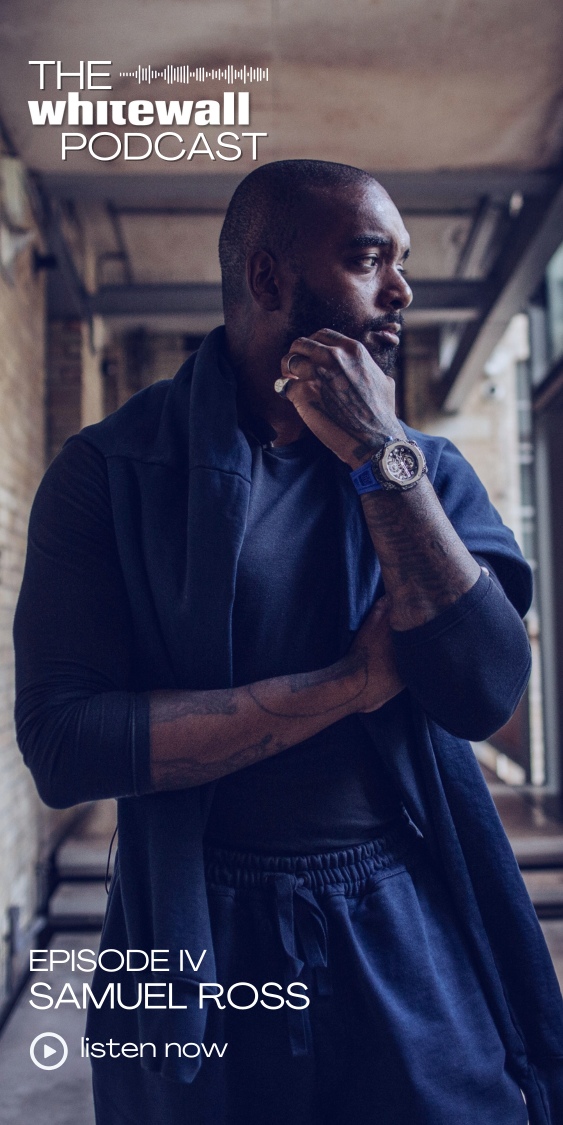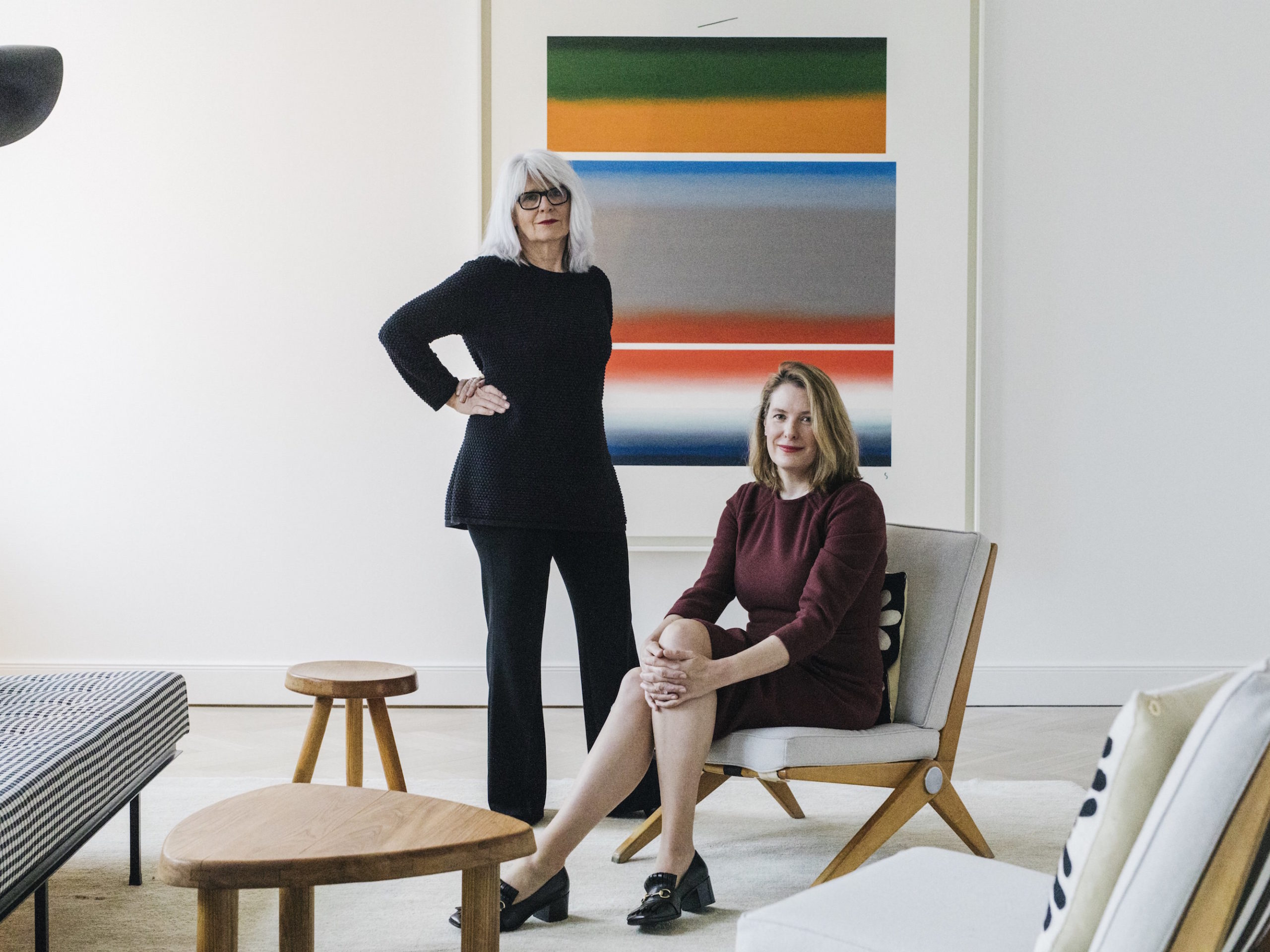The South Korean actor Lee Jung Jae has spent much of his life on screen, yet it was his interest in art that sparked his career. “I always enjoyed drawing and working with my hands and wanted to be an artist, but studied design instead under my parents’ direction because it was more practical and commercial—and there was a better chance at making a living from it,” he shared with Whitewall. Drawn to art because of its “distinct and powerful form of communication and expression of thought and feeling,” he said it also can spark interaction with its audience. “I suppose you could say the same of acting, which is why I eventually became an actor.”
In the decades since he began his profession, Lee has won an array of awards—including a Screen Actors Guild Award, a Critics’ Choice Television Award, six Baeksang Arts Awards—for films and television series like City of the Rising Sun, Il Mare, Operation Chromite, and Squid Game. The latter became a global success and earned him a 2022 Primetime Emmy Award for Outstanding Lead Actor in a Drama Series, making him the first Asian man to ever win the award and the first person to win it for a non-English-speaking role.
Behind the scenes, his appreciation for artmaking and art collecting has also flourished. Similar to how and why he chooses to play a role, his art-selecting process is guided by pieces that evoke emotion. Between attending art and design fairs, foundations, and galleries, Lee allows his natural interest to drift from design-oriented works to digital art and performance pieces, drawn to Korean artists like Park Ji-na, Lee Wan, and Kil Chosil, as well as international names like Fred Sandback, On Kawara, Jenny Holzer, Rudolf Stingel, Donald Judd, and John McAllister.
Ahead of writing, producing, and directing a new film named The Hunt, shooting preexisting projects, and doing a promotional tour for Squid Game 2, Lee spoke with Whitewall about his everlasting love of the arts and how he perceives the rise of Korean creativity on a global scale.
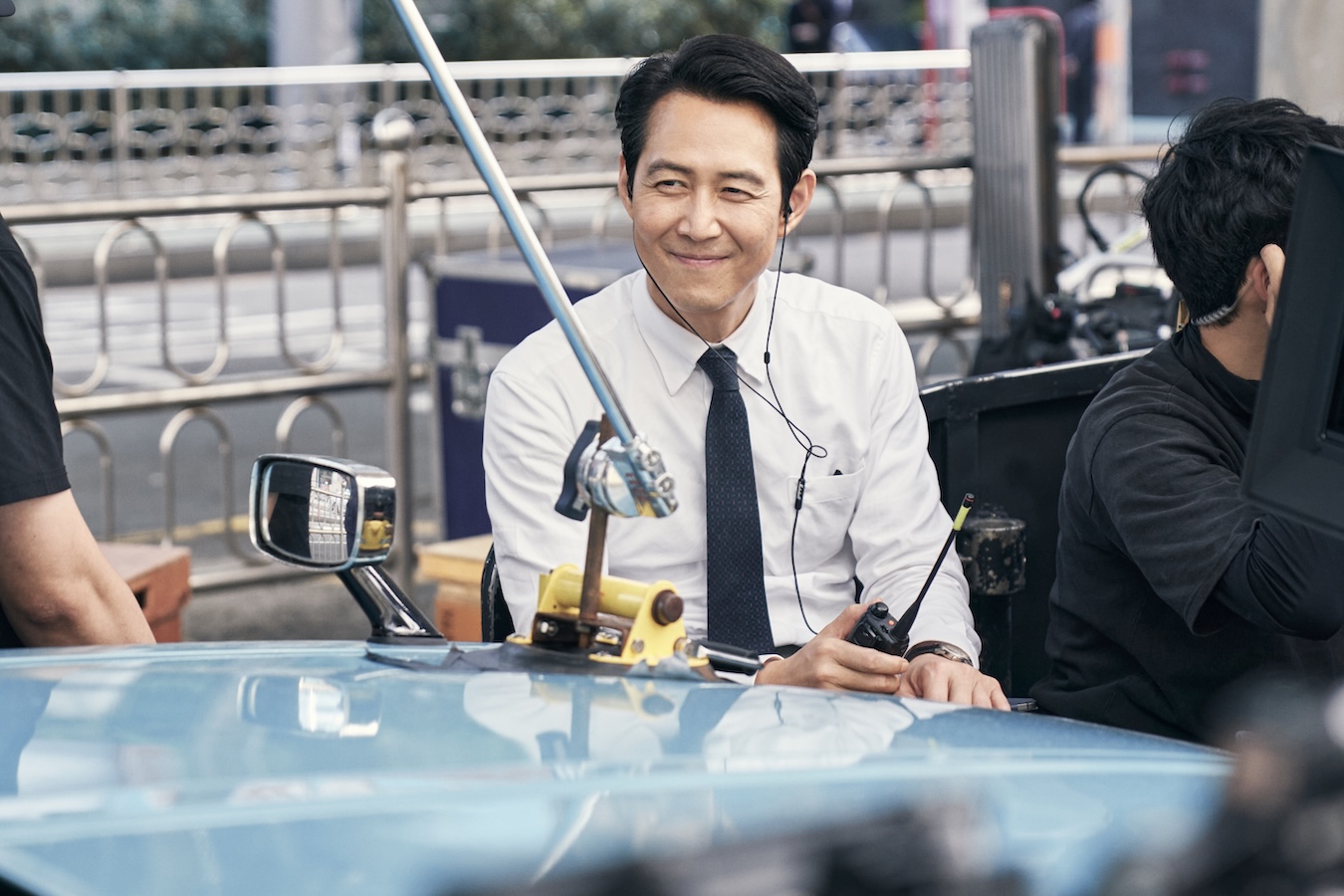 Lee Jung Jae, portrait by Plus M Entertainment.
Lee Jung Jae, portrait by Plus M Entertainment.
WHITEWALL: As a globally recognized actor, do you find similarities between your work on screen and the creative process of an artist?
LEE JUNG JAE: Yes. Both require inspiration and an ability to draw out and connect with the audience. The way an artist paints with a brush or sculpts with a chisel or other tools to convey something that evokes a reaction, actors’ tools are our words, our inflections and expressions; we paint with our movements, and facial expressions create different textures of clarity or ambiguity.
Creativity is the underpinning of both, and it is essential to understand and empathize with the character or canvas, for example. You have to step outside your comfort zone and become a new person or thing.
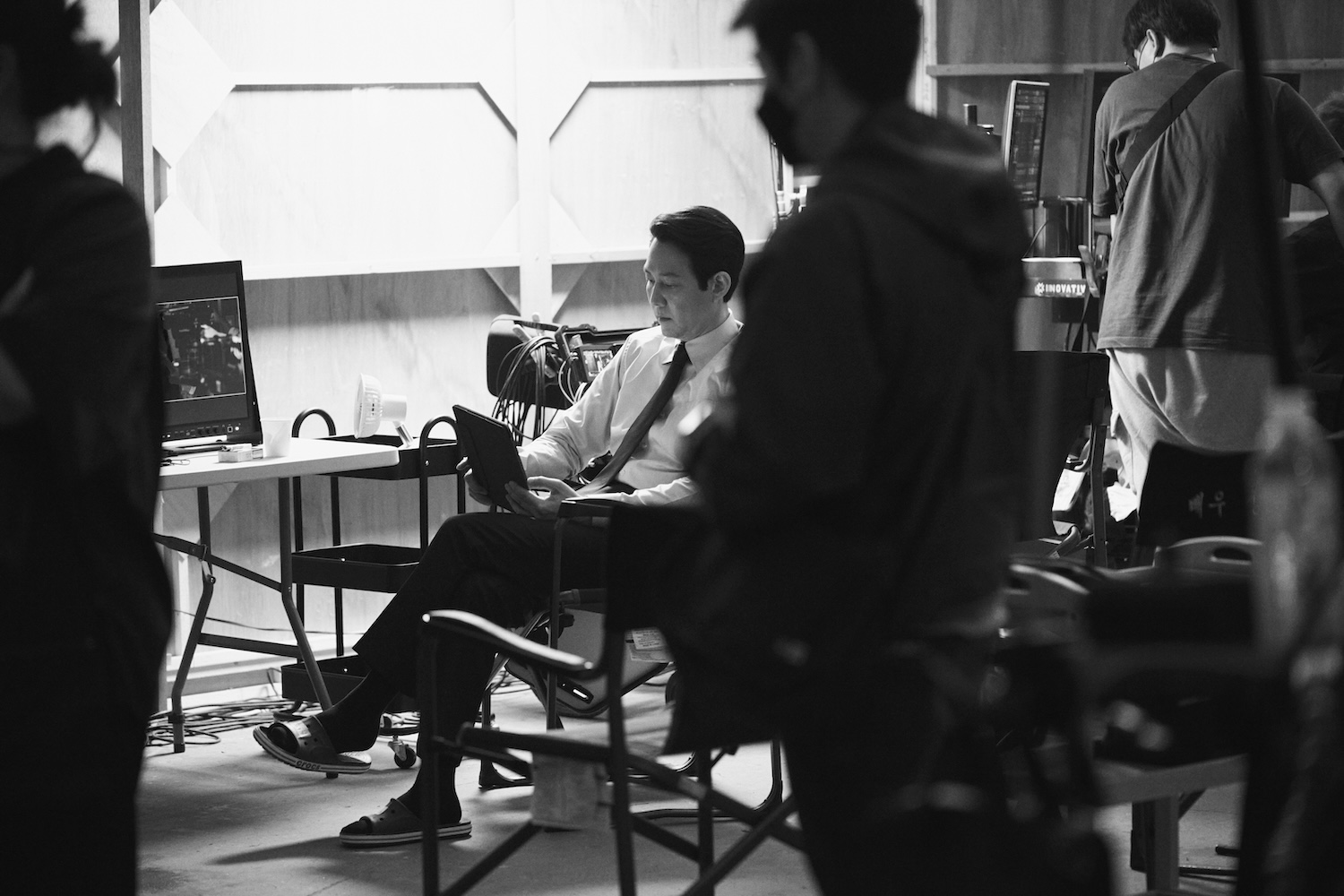 Lee Jung Jae, portrait by Plus M Entertainment.
Lee Jung Jae, portrait by Plus M Entertainment.
Lee Jung Jae Chooses Projects that Evoke Thinking and Feeling
WW: You have portrayed characters in storylines that encompass both the reality and fantasy of Korean society on screen. What message have you aimed to convey through these works?
LJJ: Rather than a message, it’s more about provoking imagination, thought, and emotion. I choose roles that evoke thinking and feeling. I want people to identify with the character who is referenced against their own experiences. I learned a lot from making Squid Game about human nature in the face of adversity and competition. There is always a movement or an ethos in a certain era or tide of time—common themes that define the cultural landscape at a certain point in time.
“I learned a lot from making Squid Game about human nature in the face of adversity and competition,”
Lee Jung Jae
WW: At Kassel Documenta 13, an installation showed a film you co-starred in with actress Im Soo-jung named El Fin del Mundo, directed by Moon Kyungwon and Jeon Joonho. It involved various professionals like architects, designers, and scientists in the creation of props and costumes. What was it like collaborating with such a range of diverse artists?
LJJ: I got involved in this project because a director I respect and knew for over 15 years wanted to make a video art film, which is not a common medium in Korea. I wanted to support this project and do something new, too. Although I am no stranger to film and acting, it was a unique experience working with so many different aspects. This was a multidisciplinary symphony of art, and diverse artists interacted to create something bigger than themselves alone. Although very experienced in their respective fields, it was a challenge for all the artists to work together, but we did it and learned from each other.
WW: Since El Fin del Mundo, have you engaged in any other interdisciplinary collaborations? Are there any types of artistic collaborations you would like to explore in the future?
LJJ: Yes. I recently collaborated with Paulin, Paulin, Paulin to curate a functional sculpture and furniture exhibition in Seoul. What I would like to explore next is public art projects. Experiencing the Marc Quinn installation at Kew Gardens and Richard Serra’s works has inspired me to explore public art projects and bring foreign artists to collaborate in a public art project in Korea. It is a complex process involving state and local governments, private companies, and cultural organizations, and it takes a long time, which can be discouraging, but all the more satisfying when realized.
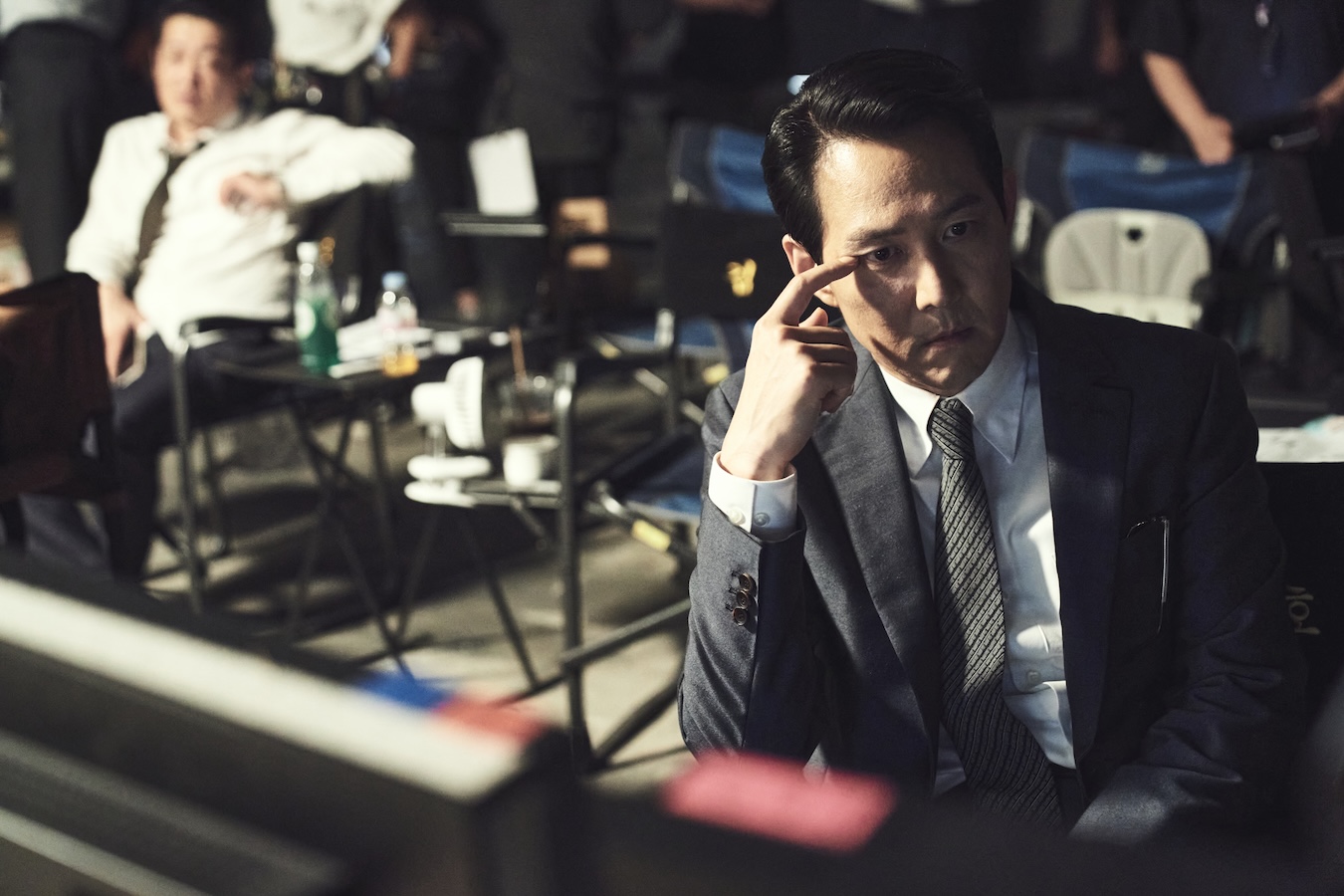 Lee Jung Jae, portrait by Plus M Entertainment.
Lee Jung Jae, portrait by Plus M Entertainment.
Lee Jung Jae Talks Collecting Art
WW: You’ve previously expressed appreciation for Korean artists like Park Ji-na, Lee Wan, and Gil Chosil, as well as international artists like Fred Sandback, On Kawara, and Jenny Holzer. Are there any artists you are currently interested in?
LJJ: Yes, Rudolf Stingel, Donald Judd, and John McAllister. The painting behind me is a work by McAllister and is a recent acquisition. I love the unusual perspective and the vibrant colors. Stingel’s brilliant conceptual pieces are so strong and Judd’s artistic journey is fascinating.
WW: What sparked your interest in collecting art? How has that initial experience influenced your journey as an art collector?
LJJ: There wasn’t a particular moment or happening that sparked my interest in collecting art. I was always drawn to art in all forms, from an early age. I loved to draw and eventually majored in design in college. I think collecting is just a natural evolution from my internal creative impulse to appreciating another perspective and techniques to express that view. I was and am always curious about what an artist is thinking; how that artist chooses to manifest that in palpable form.
“I was and am always curious about what an artist is thinking; how that artist chooses to manifest that in palpable form,”
Lee Jung Jae
WW: What do you naturally gravitate toward?
LJJ: I studied design, so naturally I am drawn toward design-oriented works, such as functional sculpture (furniture and lighting) and objets d’art, as well as architecture. One’s environment is so important and design is an integral part of that. I also appreciate digital art and the performance arts.
WW: How do you usually discover new artworks? Are there specific galleries or museums you frequently visit?
LJJ: I tend to visit art foundation galleries, such as Fondation Beyeler and Fondation Louis Vuitton, as well as galleries like Almine Rech and Pace Gallery, to discover artists and works. Of course, I very much like museum shows, too. One show that I especially enjoyed was On Kawara’s first retrospective at the Guggenheim Museum in New York.
WW: Do you often attend art events in Seoul such as the Korea International Art Fair (KIAF) or Frieze Seoul? If so, what do you believe are the benefits of these types of events?
LJJ: I do attend exhibitions, museum shows, and fairs such as KIAF and Frieze Seoul when I have the opportunity. I believe Frieze opening here has had a significant impact and brought positive worldwide attention to Korea and has exposed Korean art and culture to a broader audience as well as enabled Koreans to experience and learn about other cultures and art. Galleries from around the world exhibiting here provide education and an opportunity for Koreans to see works in person and discover new artists and works.
WW: Do you also attend international art events like biennales or other art, architecture, or design fairs?
LJJ: I wish I had the time to travel as much as I would like to, but when I do, I always try to take in an exhibition or fair. I have attended several biennales and design or furniture fairs such as the Salone del Mobile Milano.
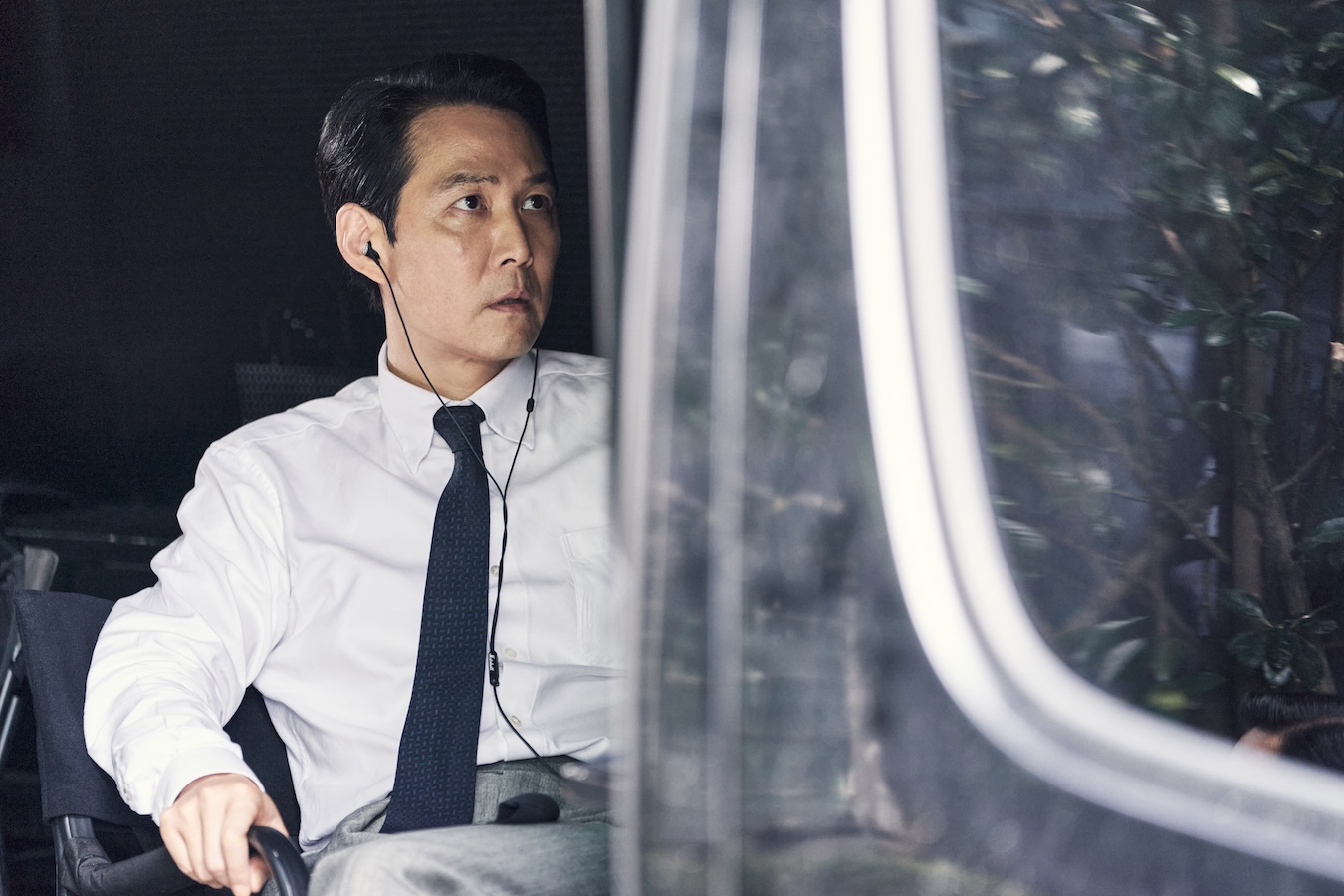 Lee Jung Jae, portrait by Plus M Entertainment.
Lee Jung Jae, portrait by Plus M Entertainment.
